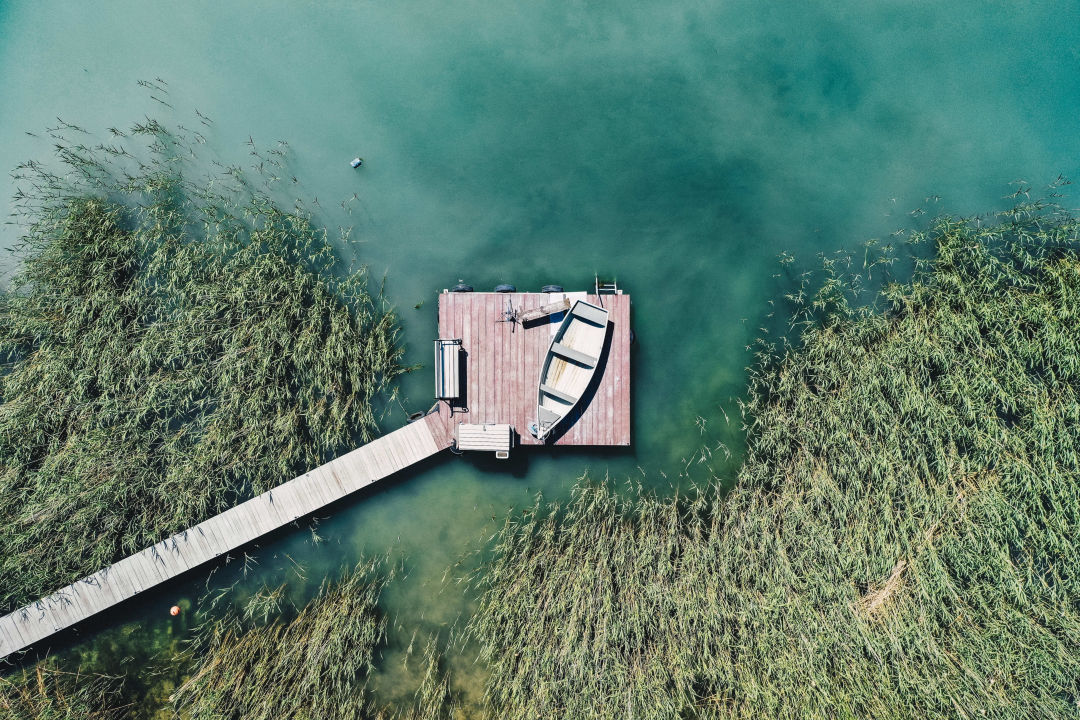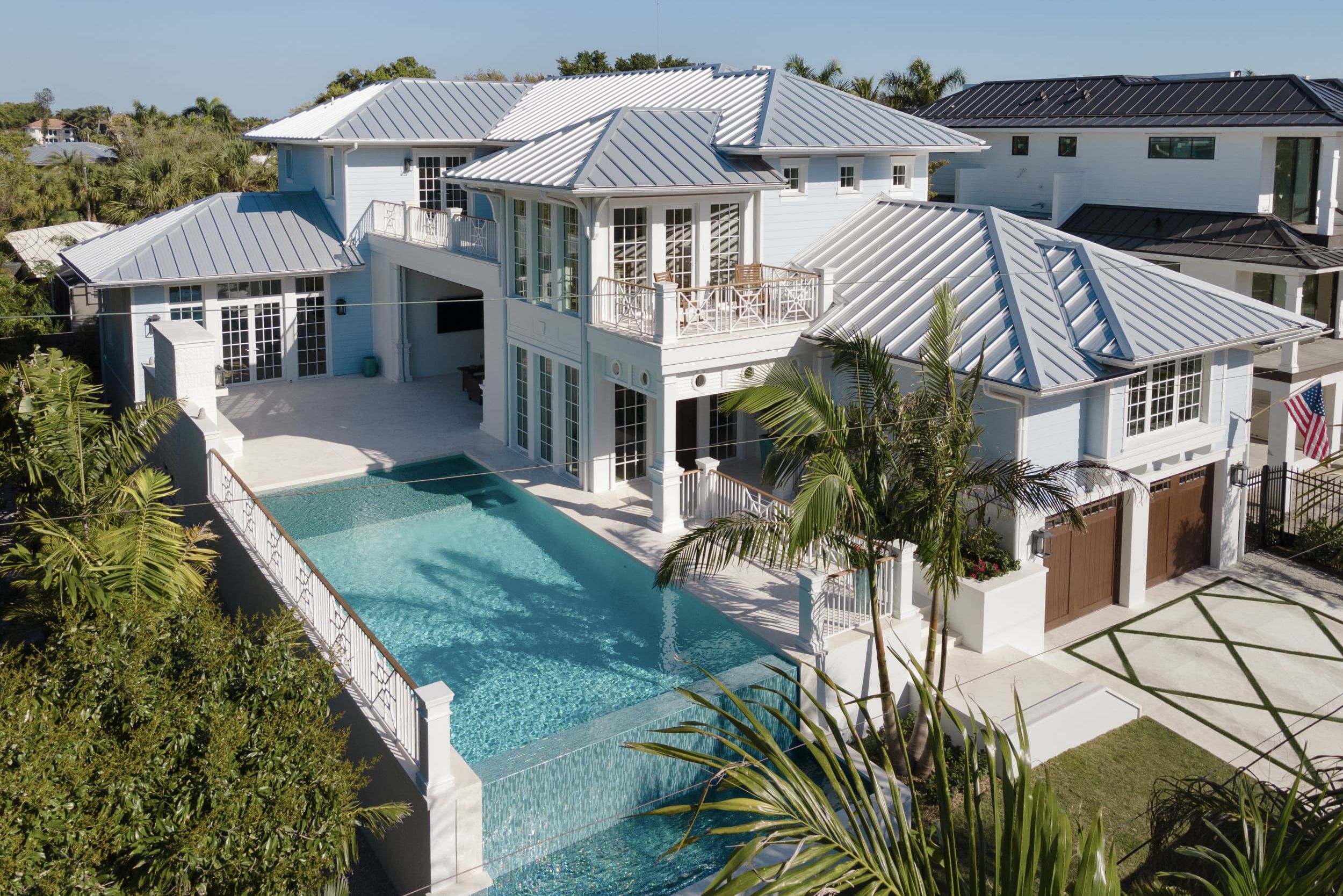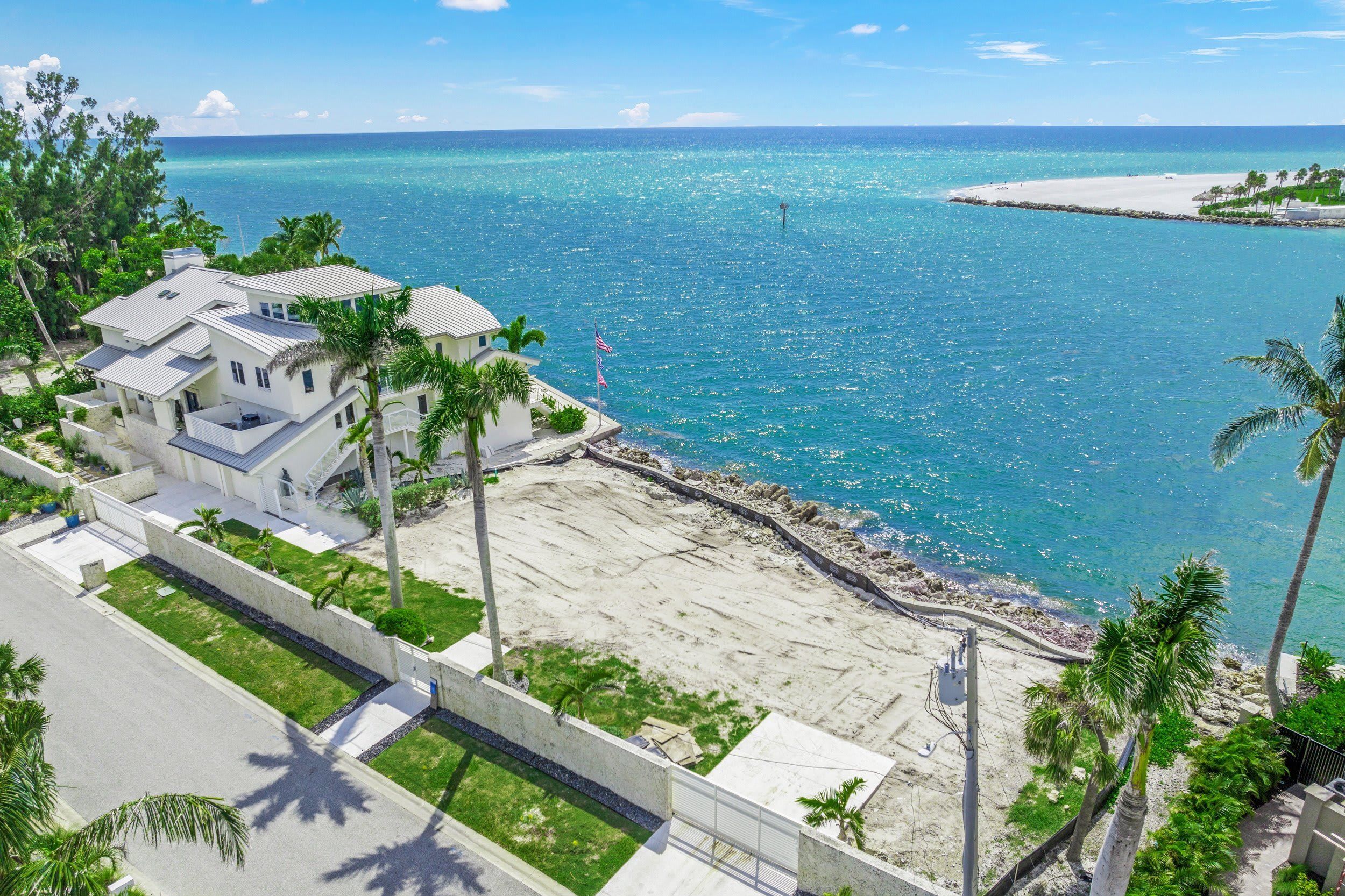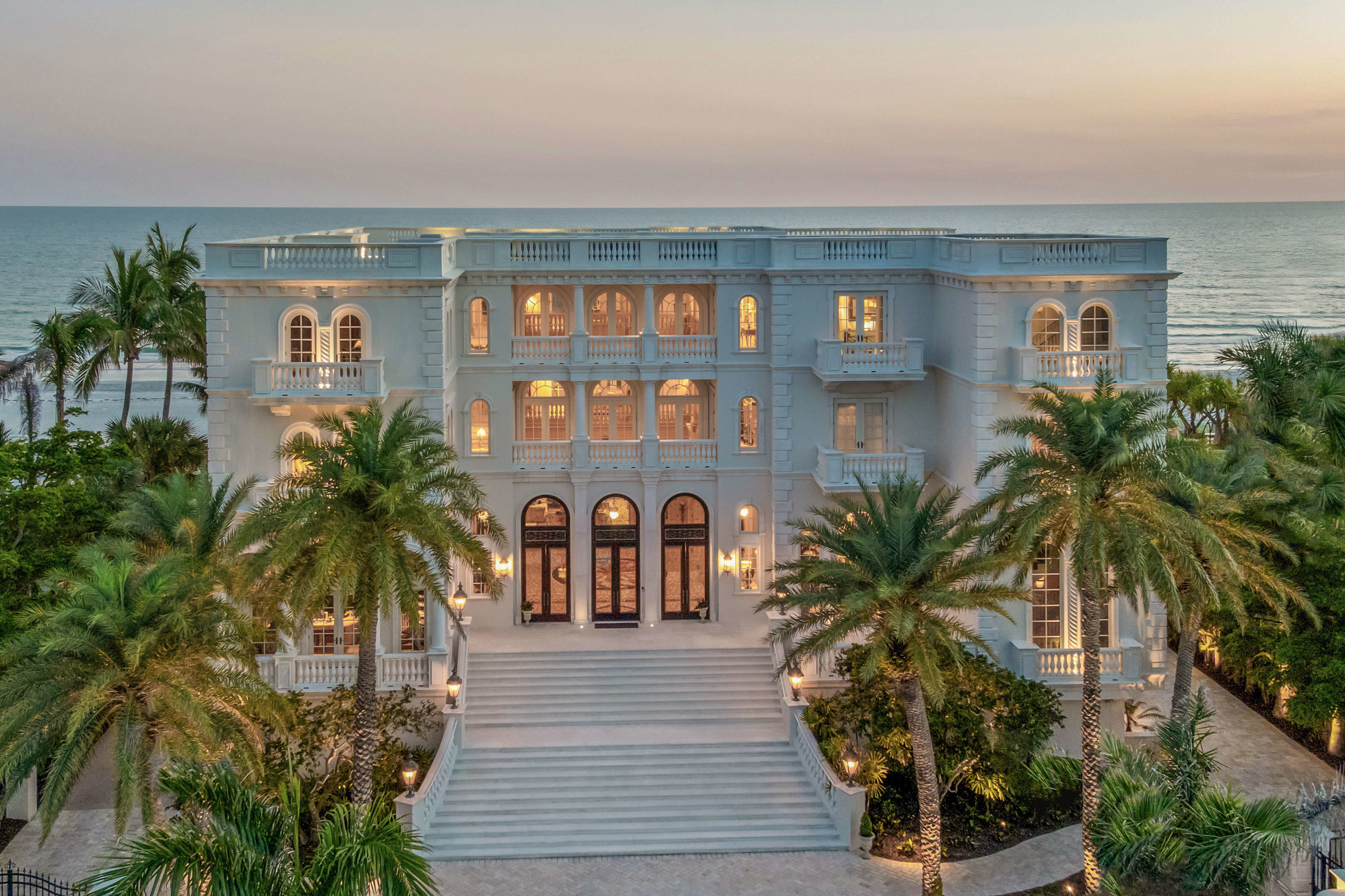Choosing the Right Floating Docks for Your Waterfront Property

Image: Wirestock via Freepik
*** DRAFT *** THIS POST IS SPONSORED **** THIS TEXT WILL BE REMOVED AS SOON AS PAYMENT IS MADE
Waterfront properties offer an unmatched connection to nature and recreation. However, creating a functional and accessible water access point requires more than just a shoreline, it requires a reliable floating dock. Whether for boating, swimming, or relaxation, the right dock can transform how you use your waterfront. Understanding the materials, design, and purpose of different floating docks helps you make an investment that lasts for years.
What Are Floating Docks?
Floating docks are buoyant platforms designed to rise and fall with the water level. Unlike fixed docks that rely on posts driven into the lake or seabed, floating docks stay on the surface using flotation devices such as plastic, steel, or foam-filled pontoons.
They are especially popular for lakes, rivers, and coastal areas where water levels fluctuate. These docks can support everything from jet skis and kayaks to larger boats and social spaces for waterfront gatherings.
Advantages of Floating Docks
The versatility of floating docks makes them a popular choice for both private homeowners and commercial marinas. Here are some of the major advantages:
-
Adaptability to Water Levels:
They automatically adjust to changing tides and seasonal water variations, maintaining consistent usability. -
Ease of Installation and Maintenance:
Installation is typically faster than traditional docks, and repairs can often be done without professional assistance. -
Durability:
Modern aluminum floating docks and modular designs are built to withstand harsh environments while resisting corrosion and damage. -
Design Flexibility:
You can configure them in multiple shapes and sizes to suit your specific waterfront needs.
Why Choose Aluminum Floating Docks?
Among the many dock materials available, aluminum floating docks have become a standout option. Aluminum offers a combination of strength, light weight, and corrosion resistance, making it ideal for both freshwater and saltwater conditions.
Key benefits include:
-
Long Lifespan: Aluminum is non-corrosive and can endure years of exposure to water and sunlight without weakening.
-
Low Maintenance: Unlike wood, it doesn’t require staining, sealing, or repainting.
-
Portability: The lightweight nature of aluminum makes it easy to relocate or reconfigure the dock as needed.
-
Aesthetics: Aluminum docks often feature a clean, modern look that complements contemporary waterfront designs.
For property owners looking for sustainable and long-term solutions, aluminum floating docks are a smart investment.
Comparing Floating Dock Materials
Choosing the right material depends on your location, usage, and budget. Here’s a quick comparison:
|
Material |
Pros |
Cons |
|
Wood |
Natural look, affordable |
Requires frequent maintenance, susceptible to rot |
|
Plastic |
Lightweight, customizable |
Can warp in high temperatures |
|
Aluminum |
Durable, low-maintenance, rust-resistant |
Slightly higher initial cost |
While wood docks offer a rustic aesthetic, aluminum floating docks provide superior longevity and less upkeep, ideal for anyone seeking long-term performance.
The Rise of Modular Dock Systems
Modern waterfront owners are increasingly turning to modular dock systems. These innovative designs allow you to assemble dock sections like building blocks. Whether you need an L-shaped pier, a swimming platform, or a long walkway, modular systems give you the flexibility to change configurations easily.
Such adaptability makes them perfect for both residential and commercial applications. Need to extend your dock for an extra boat or shrink it during off-season? Modular docks make it possible without the hassle of rebuilding.
Key Considerations Before Floating Dock Installation
Before investing in a floating dock installation, it’s important to evaluate a few critical factors:
-
Water Depth and Type - Ensure your dock design fits the depth, movement, and condition of your water body.
-
Usage Purpose - Whether it’s for mooring boats, fishing, or leisure, your dock’s shape and materials should match its function.
-
Climate Conditions - Areas with heavy ice, strong currents, or saltwater exposure may require reinforced structures or specific materials like aluminum.
-
Local Regulations - Some regions have guidelines for dock dimensions and environmental impact. Always check before installation.
-
Maintenance Access - Choose a dock design that allows easy inspection and repair when needed.
By addressing these factors early, you avoid costly adjustments later on.
Designing a Functional Waterfront Platform
A well-planned waterfront platform enhances both utility and enjoyment. Consider adding:
-
Slip Sections for boats or jet skis
-
Ladders and Railings for safety
-
Benches or Seating Areas for relaxation
-
Non-slip Decking for secure footing
Modern accessories can transform a simple dock into a full-featured waterfront living space. Whether you want a private retreat or a gathering spot for family and friends, the right dock design plays a major role.
Maintenance Tips for Long-Lasting Performance
Proper care extends the life of any dock. Here’s how to keep your floating docks performing well:
-
Inspect the floatation units annually for leaks or cracks.
-
Clean debris and algae buildup regularly.
-
Check hardware connections for corrosion or loosening.
-
For aluminum docks, rinse with freshwater if exposed to saltwater.
-
During off-season, consider detaching or storing dock sections to prevent ice damage.
These simple maintenance steps keep your dock safe, stable, and visually appealing throughout the year.
Why Work with Professionals
While DIY dock assembly can be tempting, professional installation offers several benefits, particularly in structural stability, anchoring, and compliance with marine regulations. Companies like MAADI Group specialize in high-quality, engineered aluminum floating docks that meet stringent safety and performance standards.
Partnering with experts helps you get the most out of your investment and avoids potential issues caused by improper installation.
Final Thoughts
Investing in the right floating docks transforms your waterfront property into a functional, safe, and enjoyable space. With durable materials like aluminum, customizable modular dock systems, and thoughtful design planning, you can create a long-lasting platform that adapts beautifully to nature’s rhythms.
Whether you’re upgrading an existing structure or installing a new system, the key lies in choosing reliable materials, smart design, and professional expertise to make your waterfront truly exceptional.



